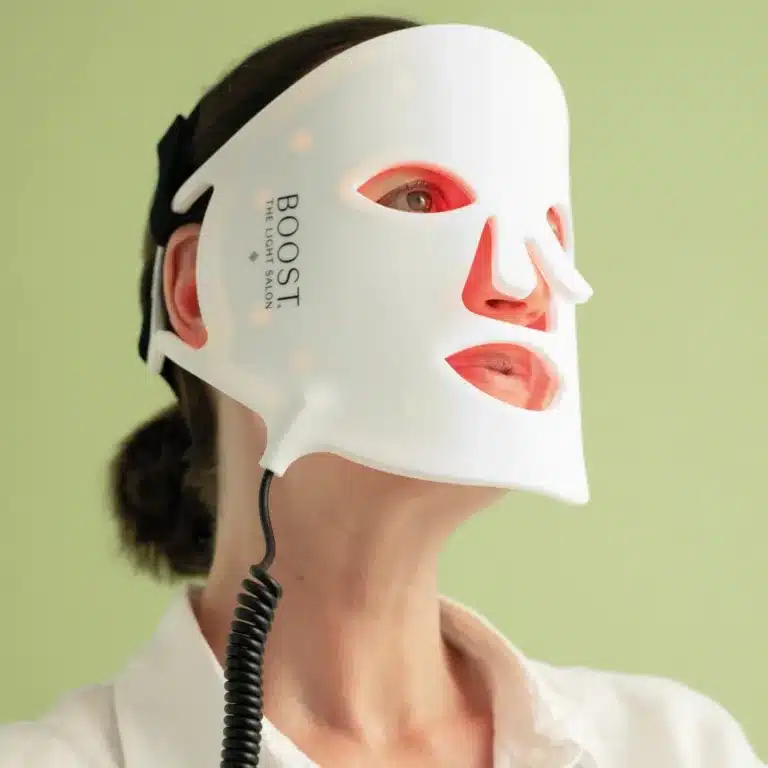It’s not only your car that needs an annual check: our mouth, teeth and gums need regular TLC too. Here we find out what to expect at a hygienist appointment
Words Hannah Hopkins
A hygienist appointment might not sound like the sexiest of treatments, but when it comes to the health of your mouth, and therefore your teeth, it should be an essential date in your diary. Alongside dental check-ups, there are a number of surprisingly simple ways to enhance both your smile and keep your oral health in check. One of them is a hygienist appointment, something you should typically do every six months – who knew?
We try one at Elleven Dental in Mayfair, a top-notch practice where their resident hygienists provide advice on teeth care, perform high-level cleaning services and help to spot signs of problems such as plaque build-up and gum disease before they become serious issues.

After an assessment of my teeth, which I rather naively thought were fine, I’m told there’s lots of tartar buildup that needs to be addressed and that I haven’t been brushing my teeth correctly (tut tut). Despite my using an electric toothbrush twice a day, plus mouthwash and going for regular dentist appointments, it seems I’ve not been giving my teeth the treatment they deserve and if I keep down that path it could lead to the likes of receding gums (yikes).
Slightly concerned, I’m reassured that after a deep clean and tartar removal I’ll be back on a level playing field, as long as I stick to some clear rules that will keep my teeth and gums in top condition. They even use Air-Flow – a polishing technique that uses high-pressure air and water and a specially-formulated powder to restore teeth to their natural colour by removing external stains such as those caused by coffee, tea, red wine and daily living.

I’m shown the results in a mirror and my teeth are whiter, cleaner and I can clearly see the difference after all the tartar is removed. The next step is a tooth-cleaning lesson, whereby I’m shown the best kind of electric brush head to use, the best technique (hover for three seconds over each tooth where the gum and tooth meet, follow the timings on your electric toothbrush) and shown the importance of flossing – something I’ve never done. Surprisingly I’m also told that mouthwash is not worth the bother – it simply washes away the positive effect of whichever toothpaste you use (Sensodyne gets the thumbs up). If I stick to brushing correctly the health of my gums will improve after just a few days I’m told.
I leave with not just a fresh mouth but a feeling of being totally enlightened. On the way back I stock up on floss and am already planning on booking in for my next six-month appointment. Clearly a hygienist appointment is something people often overlook, but I can vouch for its importance, so get booking. And in the meantime, Dr Sameer Patel, Clinical Director at elleven, gives her top tips on how to give your mouth an MOT.
- It’s all in the brushing technique – When brushing teeth, your technique is key. The bristles of your toothbrush should come into contact with both the gum line and surface of your teeth, the brush should be held at a 45-degree angle against your gums and rather than scrubbing teeth back-and-forth, gently move your brush in circular motions.
- Gently does it – Be careful not to brush your teeth too hard to avoid damaging enamel, the coating which protects our teeth and helps to prevent sensitivity. Some people find it easier to clean their teeth thoroughly with an electric toothbrush, but the same results can be achieved with a manual brush, so long as the technique is correct. If you’re unsure how to clean your teeth and mouth properly, ask your dentist to show you the correct technique.
- Don’t forget your tongue – Bacteria can stay on your tongue even after brushing, so make sure you clean the surface of your tongue daily. Most manual toothbrushes now include a tongue brush behind the bristles, but you can also purchase specific tongue scrapers for a more thorough clean. Removing tongue bacteria can improve your breath and dental hygiene as a whole.
- Flossing is key – Clean in between your teeth at least twice a week, using interdental brushes or floss. Flossing helps to remove plaque and food build-up, as well as reducing the risk of gingivitis, gum disease, and tooth decay. Additionally, it can help to remove some of the staining in between teeth, making your smile look whiter and brighter.
- Throw away your old toothbrush – Be sure to replace your toothbrush when the bristles begin to fray; I recommend around every three months. Frayed bristles will not clean teeth as thoroughly and older brushes are likely to be harbouring bacteria, which can be detrimental to your oral health.
- Regular dental and hygiene visits – Hygienists and dentists provide crucial advice on dental care, helping to identify signs of problems, such as plaque build-up and gum disease before they become serious issues. If problems are not treated, they may lead to damage that is more difficult to repair. Having a deep clean regularly with your hygienist is also really important and he or she will be able to pinpoint areas of your mouth that need more attention and shortfalls in your brushing techniques
- Improve your diet – A healthy lifestyle has benefits for your whole body, including your teeth, gums and mouth. Eating well, not smoking and limiting your alcohol and sugar intake is essential for a healthy mouth. Many popular foods and snacks contain hidden sugars, so I recommend using a straw when drinking acidic drinks and chewing gum after eating, to increase the production of saliva and help neutralise acids in the mouth.
- Quit smoking – Smoking is one of the biggest causes of tooth decay and discolouration. The nicotine and tar in the cigarettes can lead to teeth darkening and yellowing, dulling the natural white. Smoking has also been linked with gum problems such as gingivitis, as it can impair blood flow to the gums and interfere with gum cell tissue; making smokers more prone to infections.
- Straighten crooked teeth with braces – More and more adults are now having braces and orthodontics to straighten their teeth. With so many discreet and painless options now on the market, there is never a bad time to opt for braces. From a hygiene and dental health perspective, straight teeth can be easier to clean and therefore keep healthy.
- Invest in teeth whitening – Over time, teeth may become discoloured by certain food and drinks, smoking and how well you brush. Although whitening toothpastes can help remove stains, these can be abrasive and damage enamel over prolonged periods. Therefore, I advise my patients to invest in whitening with a qualified dental professional, to ensure the treatment you receive is safe as well as effective.
Hygiene Appointment (using Air Flow) from £94







